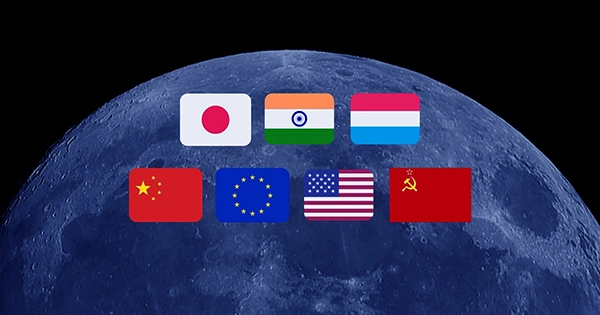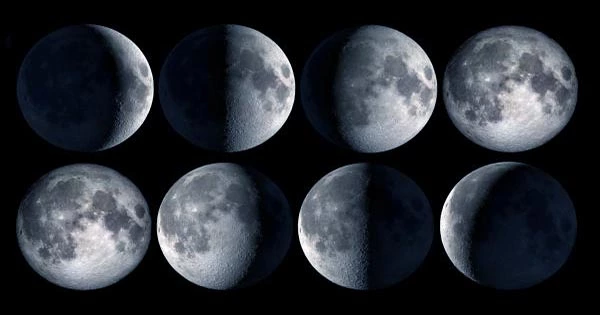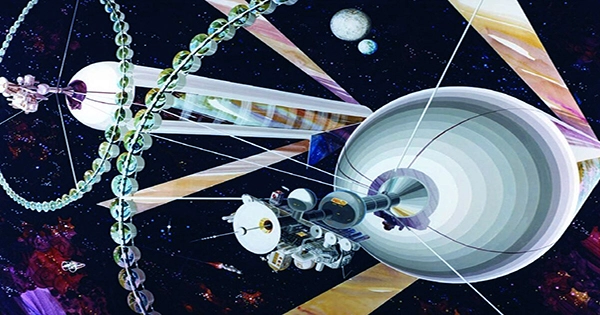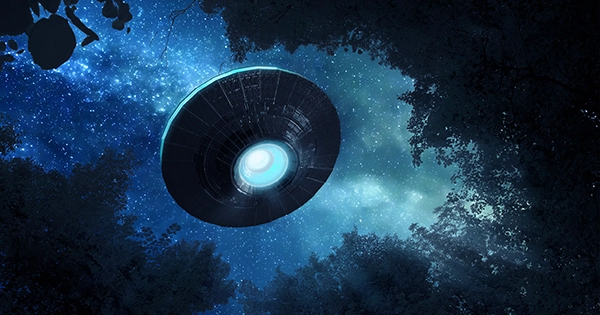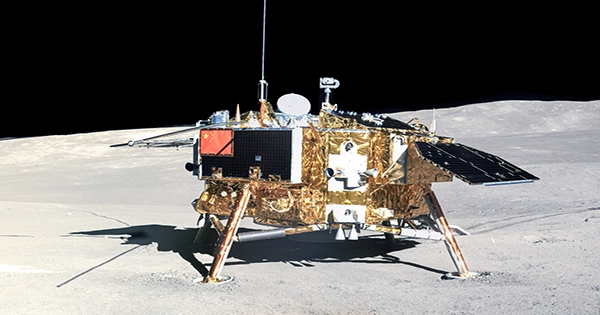Because the moon is our nearest celestial neighbor, it has naturally been the primary target for numerous space missions performed by a few countries worldwide. Since Russia’s first lunar probe reached the Moon, or since the first American astronaut set foot on its surface, lunar exploration has gone a long way. We are now on the verge of a new age in which humanity might begin constructing a lunar colony within the next decade.
This necessitates tight international collaboration in which countries can share resources, technologies, and on-the-ground experiences. But how many countries have successfully completed a lunar mission?
To date, 11 governments and organizations have sent spacecraft to the Moon (whether landers, orbiters, impactors or simply flybys). The following are on the list:
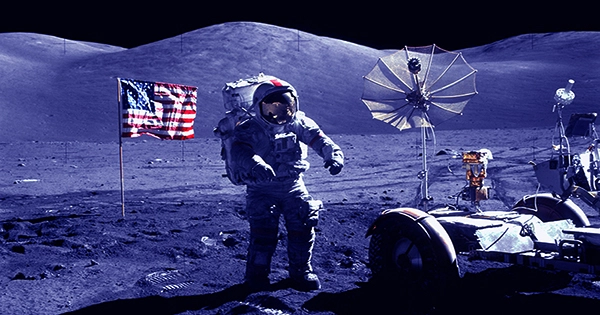
The USA – 32 completed missions: Without question, the United States won the space race. NASA created history in 1969 when the first man walked on the moon during the Apollo 11 mission. Through the Apollo program, the United States made a significant contribution to human exploration of the Moon.
The United States carried out 32 missions between 1964 (Ranger 7) and 2018 (TESS flyby). Six of these missions were manned: Apollo 11, 12, 14, 15, 16, and 17, with a total of 12 astronauts walking on the Moon. NASA’s Artemis program is preparing to return humans to the moon in 2024. We want to witness the first woman walk on the moon in the next years…
The Soviet Union – 23 completed missions: With the Luna 2 spacecraft in 1959, the Soviet Space Program became the first organization to reach the moon. It was the Soviets’ sixth attempt to strike the moon, demonstrating their determination and motivation at the time. Many people believe that this occurrence was the catalyst for the true start of the space race. The Soviet space program was a pioneer in space travel, and several of their cosmonauts, such as Yuri Gagarin and Valentina Tereshkova, became famous. The USSR has launched 23 flights to the Moon, but it has never landed a cosmonaut on the Moon’s surface.
China – 7 missions completed: The Chinese Lunar Exploration Program (CLEP) launched the Chang’e 1 lunar probe in 2007. The mission’s major goal was to build a super-accurate 3D map of the moon. Thanks to the “Yutu” rover, China became the third country to achieve a soft landing on the moon in December 2019. China has undertaken seven lunar missions and intends to send humans to the moon in 2030. Chang’e 4: the rover/lander that made a historic touchdown on the far side of the Moon in January 2019, where no humans or robots have ever been before.
Japan – 2 missions accomplished: 1990 – Japan launched its first lunar probe, HITEN (translate to Celestial Maiden), in January 1990! Its objective was to deliver a small satellite named Hagoromo near the moon while also testing various technologies for lunar and planetary research.
In 2007, the Japanese Aerospace Exploration Agency (JAXA) completed its second trip to the moon. SELENE (Selenological and Engineering Explorer), a three-part spacecraft, orbited the moon for about a year and a half, investigating its origin, surface, geology, and gravity.
Luxembourg – 1 mission completed: The Luxembourg-based private enterprise “LuxSpace” launched a small briefcase-sized probe aboard a Chinese Long Mark rocket in 2014. The probe performed a close flyby of the moon before crashing on its surface. The goal of LuxSpace was to raise public awareness of space exploration and to promote its microsatellite approach to space missions.
The Manfred Memorial Moon Mission (4M) is the world’s first privately funded lunar mission.
European Union – 1 completed the mission: SMART-1 was a tiny probe conceived and produced by the Swedish Space Corporation for the European Space Agency in 2003. The mission’s goal was to put innovative technologies like solar-electric propulsion and communication techniques to the test. After three years of orbiting the moon, the spacecraft crashed into the surface, effectively terminating its three-year mission.
India – 1 mission completed: 2008 – Chandrayaan-1 was India’s first lunar probe, launched in 2008. Its primary objectives were to learn more about the moon’s geology and topography. The mission lasted ten months and was critical in the discovery of water molecules on the moon.
Italy – 1 mission accomplished: ArgoMoon is a CubeSat that was launched on NASA’s Space Launch System’s maiden mission, Artemis 1, on November 16, 2022. Its major goal was to photograph the Interim Cryogenic Propulsion Stage after Orion separated in order to demonstrate the capacity of a CubeSat to perform precise proximity maneuvers in deep space.
Israel – 1 mission accomplished: Beresheet was a joint mission between SpaceIL and Israel Aerospace Industries in 2019. The mission’s purpose was just to pique the interest of future generations in space travel.
The spacecraft carried a “time capsule” containing nearly 30 million pages of data, including a copy of the English-language Wikipedia, the Torah, and a children’s book inspired by the space launch, as well as last-minute DNA samples and tardigrades.
South Korea – 1 mission accomplished: 2022 – The Korea Pathfinder Lunar Orbiter (KPLO), also known as Danuri, is a South Korean technology demonstrator mission launched atop a Falcon 9 Block 5 rocket on August 4, 2022. Its objective was to study lunar resources such as water ice and helium-3, create a topographic map, and assist in the selection of future lunar landing locations.
The United Arab Emirates – 1 completed the mission: 2023 – In late 2022, the Mohammed bin Rashid Space Centre (MBRSC) launched a lunar rover on Espace’s Hakuto-R Mission 1 lander to the Moon. Unfortunately, they lost communication with the rover just after it was supposed to land. They were unable to re-establish touch after 24 hours of investigation and called the expedition off prematurely.
Although the mission was not successful, I believe the UAE should be included on this list because they did technically land a rover on the Moon.
